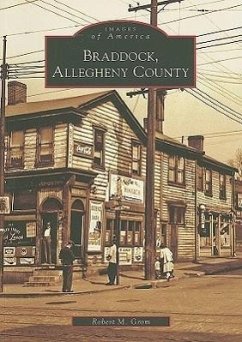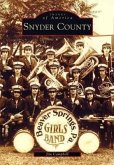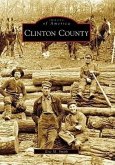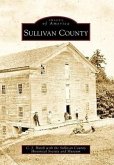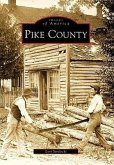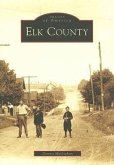Braddock, Allegheny County is named after British general Edward Braddock, a military leader whose miscalculation of Native American fighting prowess cost him fame, glory, and life in 1755. The place of defeat was long remembered as Braddock's Field. The battle was a world-changing event, as it altered the course of American and world history. George Washington was the most memorable participant. His experiences proved invaluable during America's war for independence. Braddock's Field later served as a gathering point for whiskey tax protestors wishing to express their outrage upon horror-struck residents of Pittsburgh. Miners, factory workers, and shopkeepers soon displaced farmers. Andrew Carnegie built his first steel mill, a facility of such magnitude that it became the impetus for creating U.S. Steel Corporation. Carnegie also built his first American public library here. Drawing from the archives of Braddock Carnegie Library and area residents, Braddock, Allegheny County chronicles the evolution of this resilient community.
Hinweis: Dieser Artikel kann nur an eine deutsche Lieferadresse ausgeliefert werden.
Hinweis: Dieser Artikel kann nur an eine deutsche Lieferadresse ausgeliefert werden.

